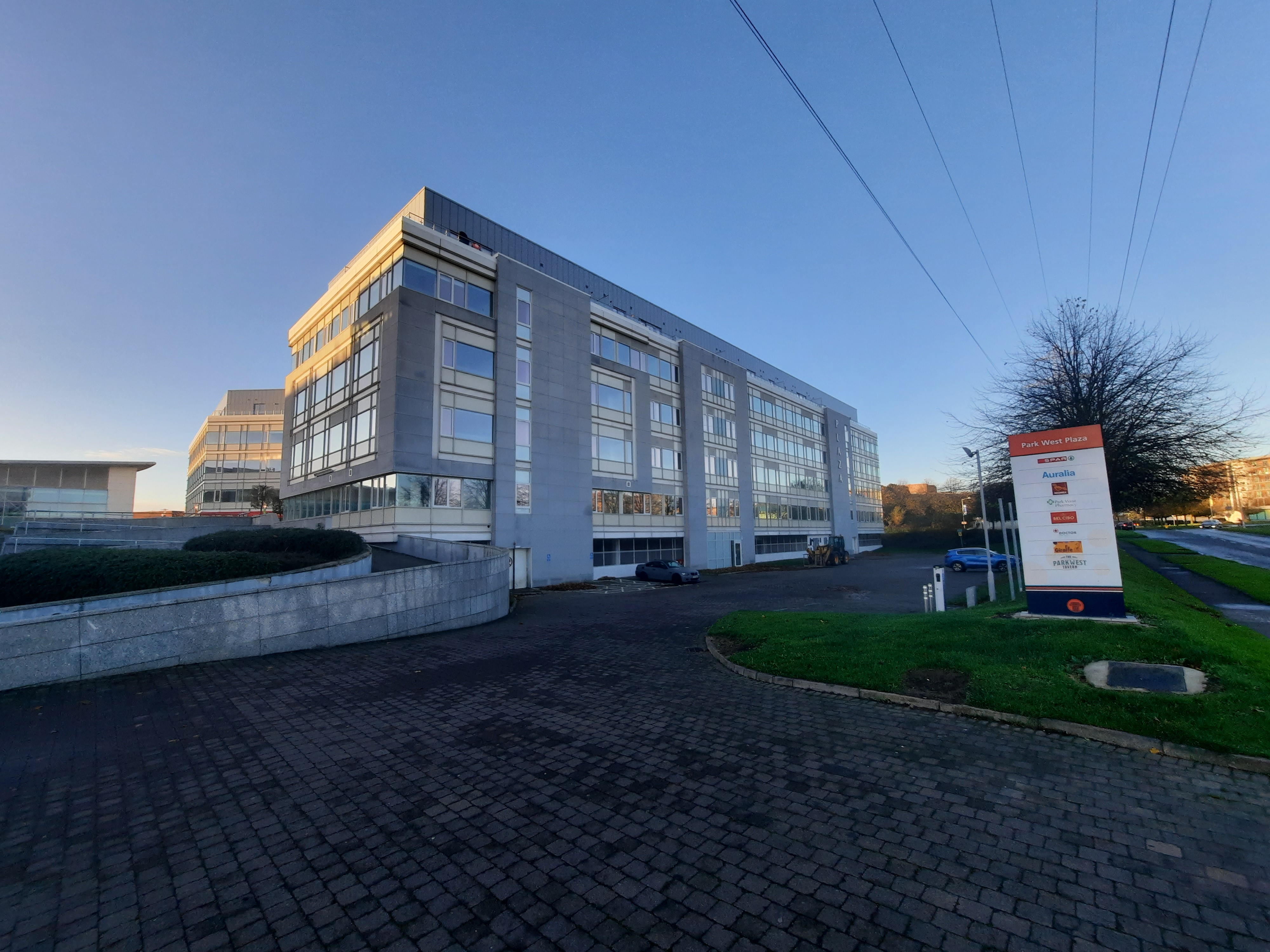CHANGE OF USE FROM COMMERCIAL TO RESIDENTIAL
Building Change of Use to Residential – Acoustic Challenges
As the construction industry explores different avenues to tackle the shortage of residential supply, part of the solution is to re-purpose or upgrade existing buildings for residential use. Acoustics can often be overlooked during this process which can lead to non-compliance issues, complaints and costly mitigation measures if not addressed at the beginning of the project. Here we highlight the main areas that need consideration.
Existing façade sound insulation performance – ability of the existing structure to control noise break-in
Sound insulation between dwellings – meeting the requirements Building Regulations (TGD-E)
Drawing on our teams’ experience here are our top 3 areas that need to be considered at the beginning of the project:
1. Existing Facades – Noise Break-in
-Light-weight structures or glazing elements that need to be retained for structural integrity or because they are protected under planning can require additional mitigation to control noise break-in.
-Typical upgrades include replacement glazing, secondary glazing and upgrades to spandrel panels and/or lining of walls.
2. Existing Facades – Sound insulation between dwellings
-Curtain Walling/Light-weight facades that span multiple dwellings can cause significant failures in sound insulation due to flanking noise transmission.
-Upgrade requirements can include treatments to mullions and transoms, lining of light-weight structures
3. Existing Separating Walls and Floors – Sound insulation between dwellings
-Existing wall/floor structures can vary depending on the life span of the building.
-Where lightweight constructions are present and are to be retained, upgrades which introduce more mass and ideally separation are typically required.
Amplitude can assist the project team in terms of quantifying existing performance, determining the extent of treatment, providing mitigation solutions and commissioning testing on completion.
CHANGE OF USE FROM COMMERCIAL TO RESIDENTIAL GALLERY



